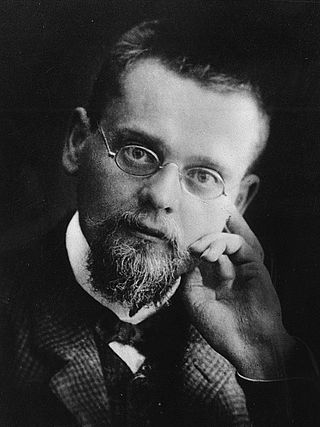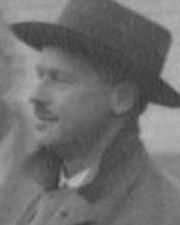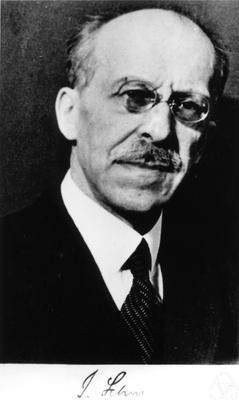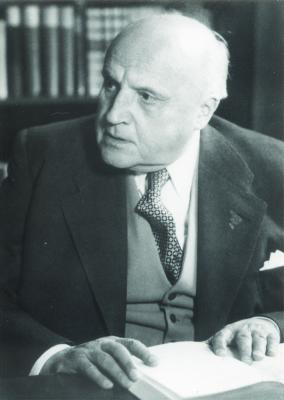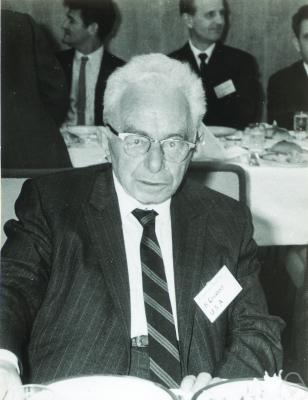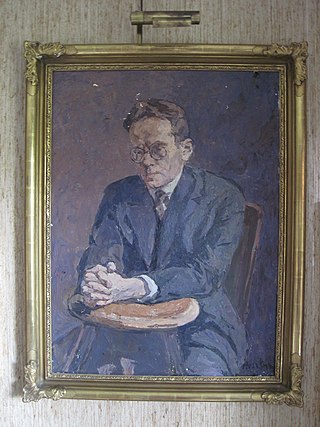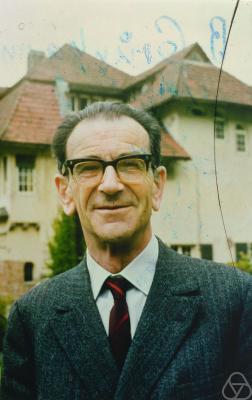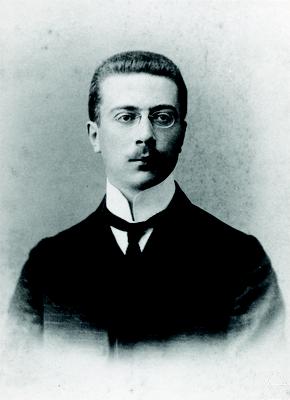University of Göttingen
Göttingen was, along with Berlin, one of Germany's two main centers for mathematical research. [1] Prior to Nazi rule, the University of Göttingen already had an illustrious mathematics tradition that included distinguished mathematicians like Gauss, Riemann, David Hilbert, Dirichlet, Hermann Minkowski and Felix Klein. [2]

Abraham Fraenkel has written that Hilbert was "the most significant mathematician in the world" during those years. Fraenkel writes that Hilbert "always remained free of all national and racist prejudices" and had been influenced by two Jewish mathematicians, Adolf Hurwitz and Minkowski. Though prejudice against appointing Jews to academic positions existed before the Nazi era, Hilbert had supported the successful appointments of two Jewish mathematicians to full professorships: Minkowski in 1902 and Edmund Landau in 1909. [3] Like Hilbert himself, Minkowski had first been appointed by Felix Klein. [1] When Klein retired, Hilbert appointed the German Jewish mathematician Richard Courant to replace him. (Courant moved to New York University in 1933 where the Courant Institute of Mathematical Sciences is named after him). Hilbert also supported Emmy Noether, a Jewish woman whose postdoctoral candidacy had been opposed, mostly on account of her gender, even by Jews. [3]
In the 1920s, Hilbert became involved in a dispute with L.E.J. Brouwer, a Dutch mathematician whose support for intuitionism had not been widely accepted by Germany's mathematical establishment. [3] Intuition (Anschauung) was contrasted with "modern abstract" mathematics like formalism. [1] There was a rivalry in those years between Berlin and Göttingen, and Berlin sided with Brouwer against Hilbert in the dispute. [4] The dispute took on an ideological dimension as Brouwer presented himself as a "champion of Aryan Germanness". When Brouwer objected to Ostjuden (German Jews of Eastern European descent) writing for the journal Mathematische Annalen , Hilbert removed Brouwer from his position as editor. The Nazis offered Brouwer a position at the University of Berlin in 1933, which he declined. Even so, the Dutch government suspended Brouwer in 1945 because of his connections to the Party; he was, however, eventually reinstated. [3]
Though Jewish academics had experienced prejudice prior to 1933, Hilbert had been supportive of Jewish mathematicians and their advancement. When the Civil Service Law of 1933 mandated the dismissal of Jews from the civil service, including university professors and Privatdozent , Landau and Courant were still teaching. [5] Hermann Weyl, who had succeeded Hilbert in 1931, and Gustav Herglotz were not of Jewish descent. Weyl, whose wife was Jewish, chose to accept a position at the Institute for Advanced Study in Princeton in the United States. [6] Other lower ranking professors and lecturers included Paul Bernays, Emmy Noether, Hans Lewy, Otto Neugebauer, Herbert Busemann, Werner Fenchel, Franz Rellich, and Wilhelm Magnus. [7]
Paul Bernays was among the scholars who had to leave their positions at Göttingen in 1933. Together with Hilbert, Bernays had co-authored a seminal text on mathematical logic called Grundlagen der Mathematik. The collaboration on the second volume of that work, published in 1939, continued even after 1933; face-to-face collaboration ceased sometime in 1934 when Bernays moved to Zürich. [8] Otto Blumenthal, who had converted to Protestantism when he was 18, lost his position at RWTH Aachen University. [9]




